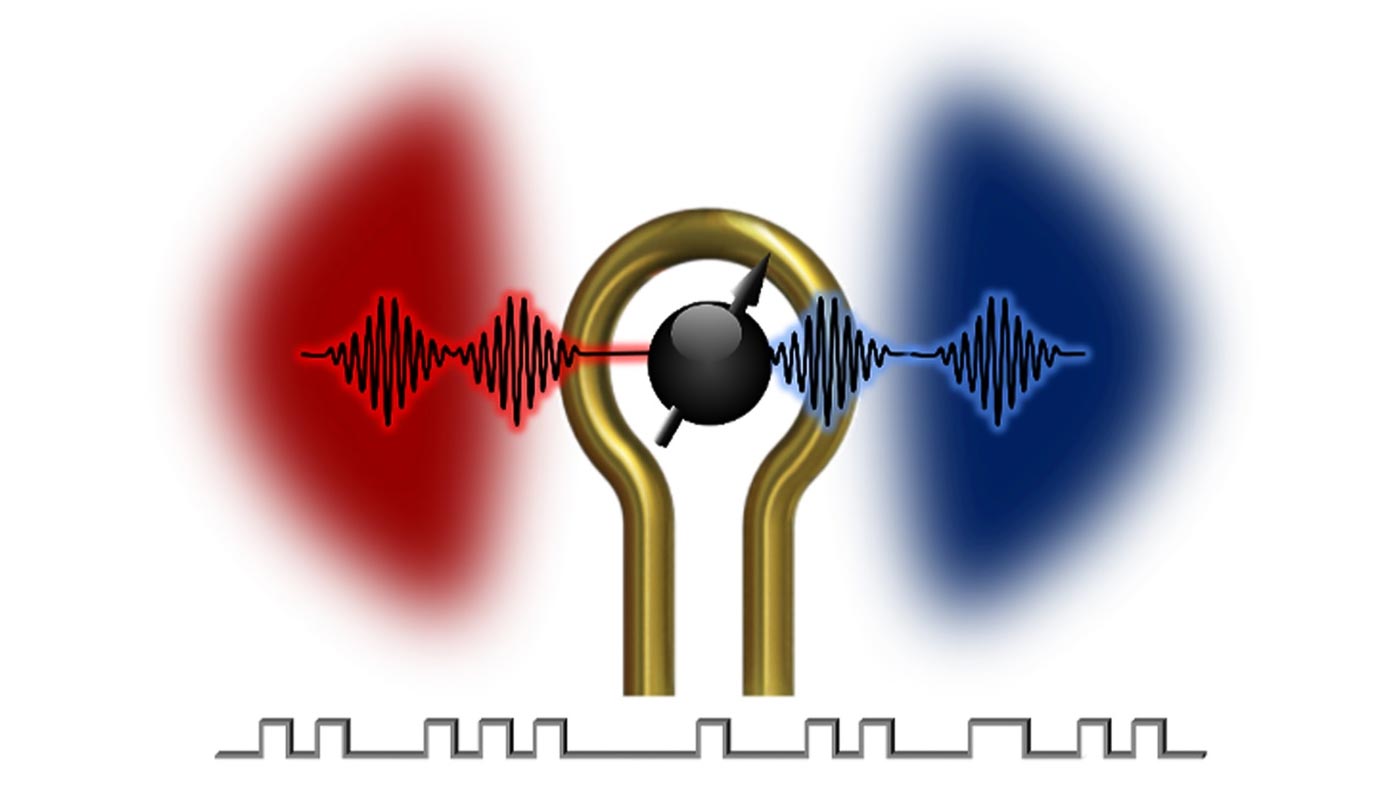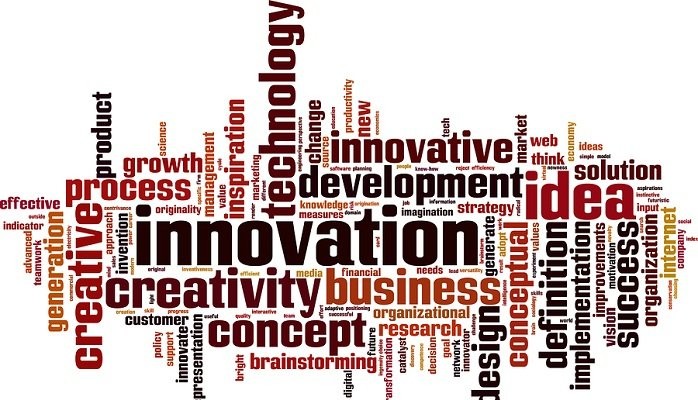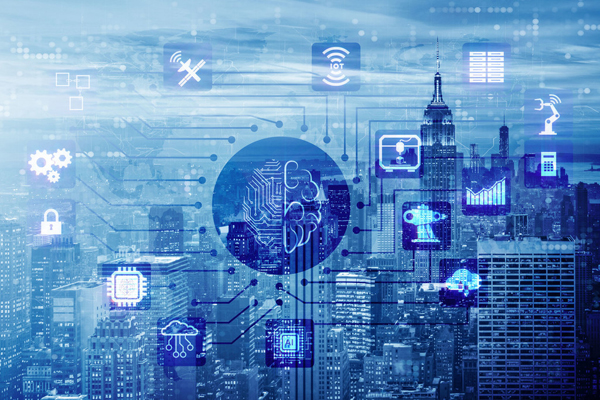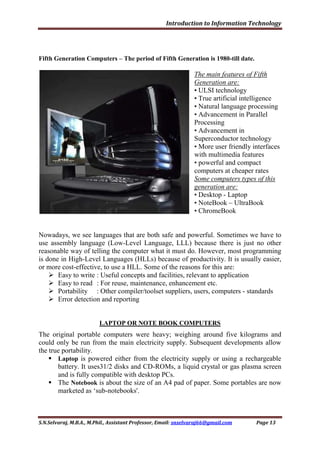The generation of information technology refers to the various stages of development and evolution that information technology has undergone over the years. Starting with the first generation of computers in the 1940s and 1950s, each subsequent generation has brought with it significant advances and improvements in computing power, speed, and functionality.
The first generation of computers, which lasted from the 1940s to the 1950s, was marked by the use of vacuum tubes as the primary means of processing and storing data. These computers were large, expensive, and required specialized knowledge to operate. They were primarily used for scientific and military purposes, as well as for business and financial applications.
The second generation of computers, which lasted from the 1950s to the 1960s, saw the introduction of transistors as a replacement for vacuum tubes. This significantly reduced the size and cost of computers, making them more accessible to a wider range of users. The second generation of computers also saw the development of programming languages such as COBOL and FORTRAN, which made it easier to write and run programs on these machines.
The third generation of computers, which lasted from the 1960s to the 1970s, was marked by the development of integrated circuits, which replaced transistors as the primary means of processing and storing data. This made computers even smaller, cheaper, and more powerful, and allowed them to be used for a wider range of applications, including data processing, scientific research, and business operations.
The fourth generation of computers, which lasted from the 1970s to the 1980s, saw the development of microprocessors, which allowed computers to be even smaller and more portable. This led to the proliferation of personal computers, which could be used for a wide range of applications, including word processing, spreadsheet analysis, and games.
The fifth generation of computers, which is still ongoing, has been marked by the development of artificial intelligence and machine learning, as well as the widespread use of the Internet and cloud computing. These technologies have allowed computers to become even more powerful and versatile, and have opened up new possibilities for research, communication, and business.
In conclusion, the generation of information technology has undergone significant changes over the years, with each successive generation bringing with it new advances and improvements in computing power and functionality. From the large, expensive computers of the first generation to the powerful, versatile machines of today, information technology has transformed the way we live, work, and communicate.







